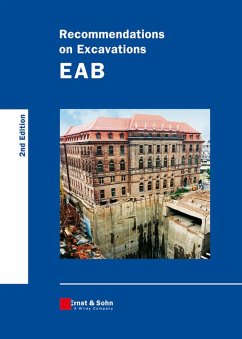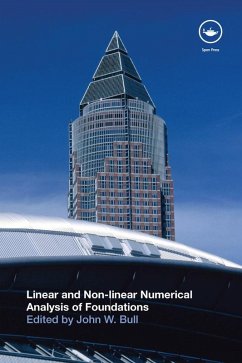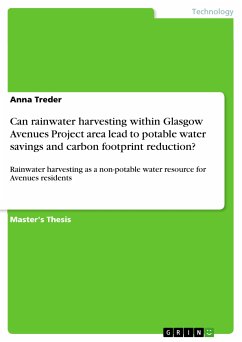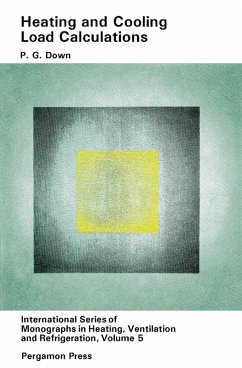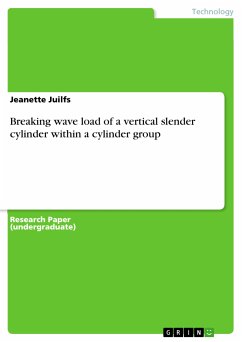
Breaking wave load of a vertical slender cylinder within a cylinder group (eBook, PDF)
Versandkostenfrei!
Sofort per Download lieferbar
36,99 €
inkl. MwSt.

PAYBACK Punkte
0 °P sammeln!
Research Paper (undergraduate) from the year 2006 in the subject Engineering - Civil Engineering, grade: 1,3, Technical University of Braunschweig (Leichtweiss-Institute for Hydraulic Engineering and Water Resources, Department of Coastal Engineering), language: English, abstract: Slender cylinders are widely used as a structural element in offshore structures. Oil platforms, jetties and piers are often supported by group of cylinders, which are arranged closely spaced. The Morison equation (Morison et al., 1950) constitutes a simple tool to calculate the wave force on one single cylinder. To ...
Research Paper (undergraduate) from the year 2006 in the subject Engineering - Civil Engineering, grade: 1,3, Technical University of Braunschweig (Leichtweiss-Institute for Hydraulic Engineering and Water Resources, Department of Coastal Engineering), language: English, abstract: Slender cylinders are widely used as a structural element in offshore structures. Oil platforms, jetties and piers are often supported by group of cylinders, which are arranged closely spaced. The Morison equation (Morison et al., 1950) constitutes a simple tool to calculate the wave force on one single cylinder. To what extent the cylinders, which are arranged in a group, affect each other is extensively unclear. As these group interference effects are not considered in the Morison equation there is a lack of a generally accepted formula to calculate the individual forces on cylinders within cylinder groups. In this student research project the special loading case of breaking waves acting on cylinder groups is examined. Breaking waves developed from wave superposition during a storm may cause great impact loads also in deep water. The investigation of breaking waves leads to the upper bound of possible loads on offshore structures. A closer analysis of the so called impact force and the validation of former assumptions of considering it is not part of this paper. The main focus lies on the interactions between cylinders arranged in groups when a single breaking wave impinges the group or a part of it. These interactions are investigated based on large-scale experiments, which have been performed in summer 2004 in the Large Wave Flume (GWK) at the Coastal Research Centre (FZK) in Hanover. Fifteen configurations of cylinder groups have been examined, including one configuration with one single cylinder and fourteen configurations of groups up to three cylinders arranged in row or transversely. The single cylinder and one cylinder in each cylinder group are equipped with strain gauges on the top, which measure the bending moments during the tests. These measuring cylinders, in the single arrangement and in the group arrangements, have the same position in the wave flume. Therefore the comparison of the measured bending moments of the single cylinder with those of the cylinder in the group provides information about the influence of the adjacent elements in a cylinder group. The results of the single cylinder test can be taken as a reference for the results of the cylinder group's tests.
Dieser Download kann aus rechtlichen Gründen nur mit Rechnungsadresse in A, B, BG, CY, CZ, D, DK, EW, E, FIN, F, GR, HR, H, IRL, I, LT, L, LR, M, NL, PL, P, R, S, SLO, SK ausgeliefert werden.




